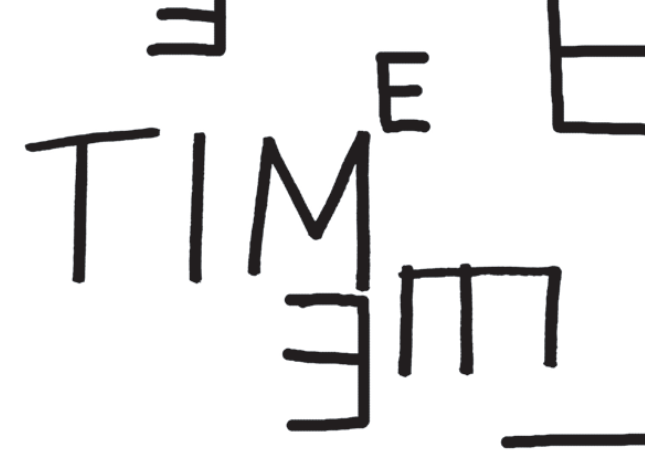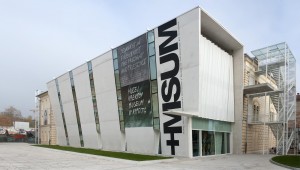One would think answering a question as simple as “what does contemporary mean” could be answered in a few words. It is now, it is of the moment, it is the zeitgeist. Right? Well, sort of. Some, like Claire Bishop, chose to make it the subject of a book, and upon finishing the answer is still somewhat unclear.
What is important about the contemporary, it seems, is not exactly what it is, but rather how it is used. This is particularly potent for Bishop in methods of curation and presentation of art that is labeled “contemporary.” Presentism is something that could elicit gasps in a room full of historians, but many museums use it as a mode of thesis in curating past works.
What Bishop argues instead is a historicization of different temporalities surrounding a work that give the work context in a socio-political world. In so doing the museums in which she highlights give voices to marginalized peoples and artists and give their work a wider meaning, if a narrower spectrum of interpretation.
The problem with focalizing a contemporary around a recent past event is that in the world of global neoliberalism, that event may not mean anything in another part of the world. For example the concept of Western Modernism was born out of the violence of World War I, which created a fissure so great as to fracture the art world. For many scholars of African American Literature, however, modernism was born with the start of the Middle Passage. They argue slavery created a rupture deeper than the war and that Black modernism has been around in a variety of traditions and media ever since.
This leads us to the concept of multiple temporalities existing simultaneously. Bishop cites Slovenia’s social contemporary as beginning with the fall of the Wall in 1989 while Spain’s began with the fall of the Franco regime. All of these are valid beginnings to the contemporary even though they overlap and conflict. What is important is how the works created within these contemporalities act in conversation with the shift that separated them from works created before.
Bishop argues that the museums have a duty to contextualize the temporalities of their works in order to serve a marginalized creative body, which is exactly the sort of thing that The New Yorker’s Arlene Croce would rail against as fundamentally “undiscussable.” In the 21st century, the people’s history is as controversial as ever, everywhere but the art world. Discussing the marginalized perspective is vital and their temporalities are gaining presence within the contemporary. They are gaining voices with the rise of museums that are experimental, but not in the sense that they do not collect, rather, they use a great collection to put artists in contact with other contemporary temporalities in order to create a more perfect union of representative history.
Arlene Croce’s rejection of art that supposedly relies on victimization hinged on a fallacy. That one could not critique it without looking like one was bigoted in some way. If one were to look within that temporality however, at all of the other art that manifested in the same temporality that is AIDS art or migrant art or anything of the like, one can find a wide variety of work, good or bad. Using that kind of context is what allows for good criticism. Denying that art’s viability for criticism does criticism a disservice as a one dimensional force. Criticism is more nuanced than she gives it credit.
The work of what Bishop defines as dialectical contemporaneity is to define the socio-political state of the present while rejecting any sense of presentism. Instead it seeks to investigate the facets of the past that led us to the present. That is where the art must take over, to lead us into the future.
Bishop, Claire, and Dan Perjovschi. Radical Museology: Or, What’s ‘contemporary’ in Museums of Contemporary Art? London: Koenig, 2014. Print.


2,281 Comments
HappyToon 무료웹툰사이트 : the fastest place to check free webtoon addresses. 무료웹툰사이트
HappyToon 무료웹툰 : the fastest place to check free webtoon addresses. 무료웹툰